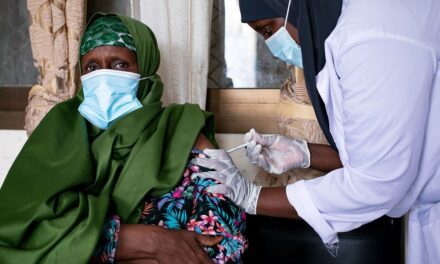A groundbreaking study from the Cleveland Clinic has revealed that genetic factors, particularly family history and inherited genes, play a significantly larger role in the risk of developing melanoma— a type of skin cancer— than previously understood. Published in the Journal of the American Academy of Dermatology, the study challenges the long-standing belief that sun exposure is the predominant risk factor for melanoma.
Traditionally, genetic screening for melanoma risk has been rare, largely because earlier, smaller studies suggested that only about 2-2.5% of all melanoma cases were due to genetic factors. However, the new study indicates that up to 15% of patients diagnosed with melanoma between 2017 and 2020 had mutations in cancer susceptibility genes. This finding underscores the importance of considering genetic testing for a broader range of patients, especially those with a family history of the disease.
Joshua Arbesman, a key researcher from the Cleveland Clinic, emphasized the potential benefits of genetic testing. “Genetic testing can help physicians proactively identify, screen, and even treat families with inherited genes,” he explained. Arbesman called on healthcare providers and insurance companies to expand their criteria for offering genetic testing to individuals with a family history of melanoma. “Inherited predisposition to melanoma isn’t nearly as rare as we think it is,” he added.
The study’s findings support a growing consensus among cancer biologists that factors beyond sun exposure can significantly influence an individual’s risk of developing melanoma. “Not all of my patients had inherited mutations that made them more susceptible to the sun,” Arbesman noted. “There’s clearly something more going on here, and more research is needed.”
This research highlights the need for a more nuanced approach to melanoma prevention and diagnosis, taking into account the complex interplay of genetic and environmental factors. As the understanding of melanoma’s causes evolves, so too must the strategies for managing and mitigating its risks.












